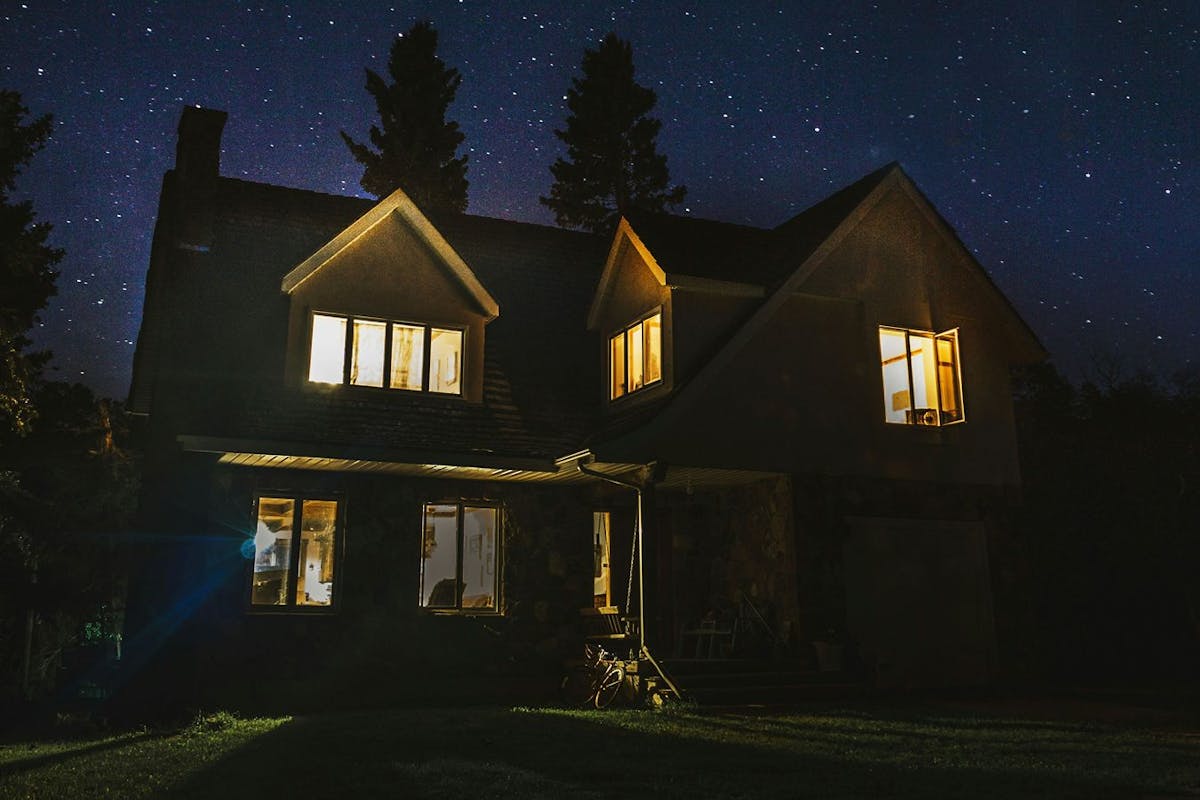Solar Cells FAQs and Guide
Last edited

Author
Brian Church
Writer

Editor
Cory O'Brien
Senior Director - Growth Marketing

To make a solar panel, you need solar cells.
But what are solar cells?
Solar cells are those little squares and rectangles that cover the surface of your solar panels – and they hold the most important materials necessary to generate electricity.
This article will explore the most frequently asked questions about solar cells we hear from homeowners today.
See how much you can save by going solar with Palmetto
What does a solar cell do?
If you asked a solar cell what it did for a living, it wouldn’t stretch the truth too far if it claimed to be a magician. Using a process known as the photovoltaic effect, solar cells convert sunlight into electricity – which, on paper, can sound almost like sorcery. In performing this “trick” over and over again, however, solar cells do not use magic so much as they use reliable scientific processes to convert energy found in sunlight into electricity that can be used in your home.
Learn more: What is Solar Energy?
How do solar cells work?
In solar energy systems with rigid, rooftop solar panels, as well as thin-film solar panel sheets, solar cells work through the same three steps, converting sunlight into electricity and generating emission-free power.
How solar cells work, step by step, is as follows:
- Capture sunlight: From tens of millions of miles away, sunlight reaches the earth in the form of “photons,” which are essentially tiny particles of pure solar energy. Solar cells absorb these photons with their semiconductor materials.
- Get energized: When these semiconducting materials (such as silicon) absorb the photons, negatively charged electrons are dislodged or “freed” and then move around inside the solar cells towards positively charged protons.
- Export power: These flowing electrons create an electric current that exits the solar cell, joins production from adjacent panels, and is exported to your home, a battery, or the power grid.
Learn more: How Does Solar Energy Work?
How many solar cells are in a solar panel?
Solar panels designed for homes usually contain 60 solar cells, and solar panels designed for commercial buildings typically have 72 solar cells. Of course, in the wide world of solar energy products today, there are also panels manufactured with 32, 36, 48, and 96 solar cell configurations, and even modules with 120 or 144 “half-cut” cells that effectively double the solar cell count of a 60 or 72-cell solar panel.
When designing your solar energy system, remember that a higher solar cell count doesn’t necessarily translate into more efficient electricity generation or a larger amount of electricity. Instead, cell count has much more to do with the physical size of each panel for the sake of production, transportation, the manufacturing process, and installation feasibility.
For example, while large solar farms with ample ground space can theoretically use panels with as many solar cells as possible, a residential roof with multiple faces and obstruction will likely require smaller, 60-cell solar panels to fit into the usable installation space.
Learn more: How Much Roof Space Is Needed For Home Solar Panels?
See how much you can save by going solar with Palmetto
What are solar cells made of?
Silicon solar cells are one of the most popular types of solar cells, and represent approximately 95% of the solar panels installed today to generate photovoltaic solar electricity. Produced with the second most abundant element on earth, silicon solar cells are categorized as either monocrystalline or polycrystalline, both of which can deliver multiple decades of efficient solar power generation.
Here are the advantages and disadvantages of solar cell materials:
| Materials | Advantages | Disadvantages | |
|---|---|---|---|
| Monocrystalline Silicon | Comprised of a single (mono) silicon crystal, usually dark in color | Highest Efficiency (>20%), durability, and long lifespan | More expensive than polycrystalline cells |
| Polycrystalline Silicon | Created with many (poly) fragmented silicon crystals, usually blue in color | Cheaper than monocrystalline and moderate efficiency (~18-20%) | Not as efficient as single crystal monocrystalline cells |
| Perovskite Solar Cells | Can be made with organic, inorganic, or hybrid materials | Potential for very high efficiencies and low production costs | An emerging technology without widespread availability |
| Cadmium Telluride (CdTe) | Primarily used for thin-film solar cells | Low-cost, compact, and high-efficiency (~20%) | Environmental concerns with toxic source materials |
Although CdTe and Perovskite materials only make up a small fraction of the US solar market today, they are among the two most popular solar cell technologies currently in research and development for higher efficiency materials.
With worldwide efforts accelerating solar cell efficiency significantly over the last several decades, solar cell technology only stands to continue its trajectory upward toward higher efficiencies, lower costs, and increased sustainability, helping to speed up the transition away from fossil fuels.
Solar Cells: Summary and Key Takeaways
In summary, solar cells may come in a wide variety of sizes, types, and packages, but they are all designed to do one simple thing: save you money with green energy. While most homes today utilize high-efficiency 60-cell monocrystalline solar panels (and will likely do so for some time), continuous improvements in the industry may diversify the solar cell technology available to consumers in the future.
- Solar panels are constructed with dozens of solar cells to capture sunlight and produce electricity.
- Silicon semiconductors power most solar cells today in monocrystalline and polycrystalline PV panels.
- Solar cell efficiency has been increasing steadily for decades and will likely continue to improve with new technologies and breakthroughs.
If we haven’t answered all of your questions about solar cells, please do not hesitate to reach out to a solar expert with Palmetto today or visit our clean energy resources to learn more.


